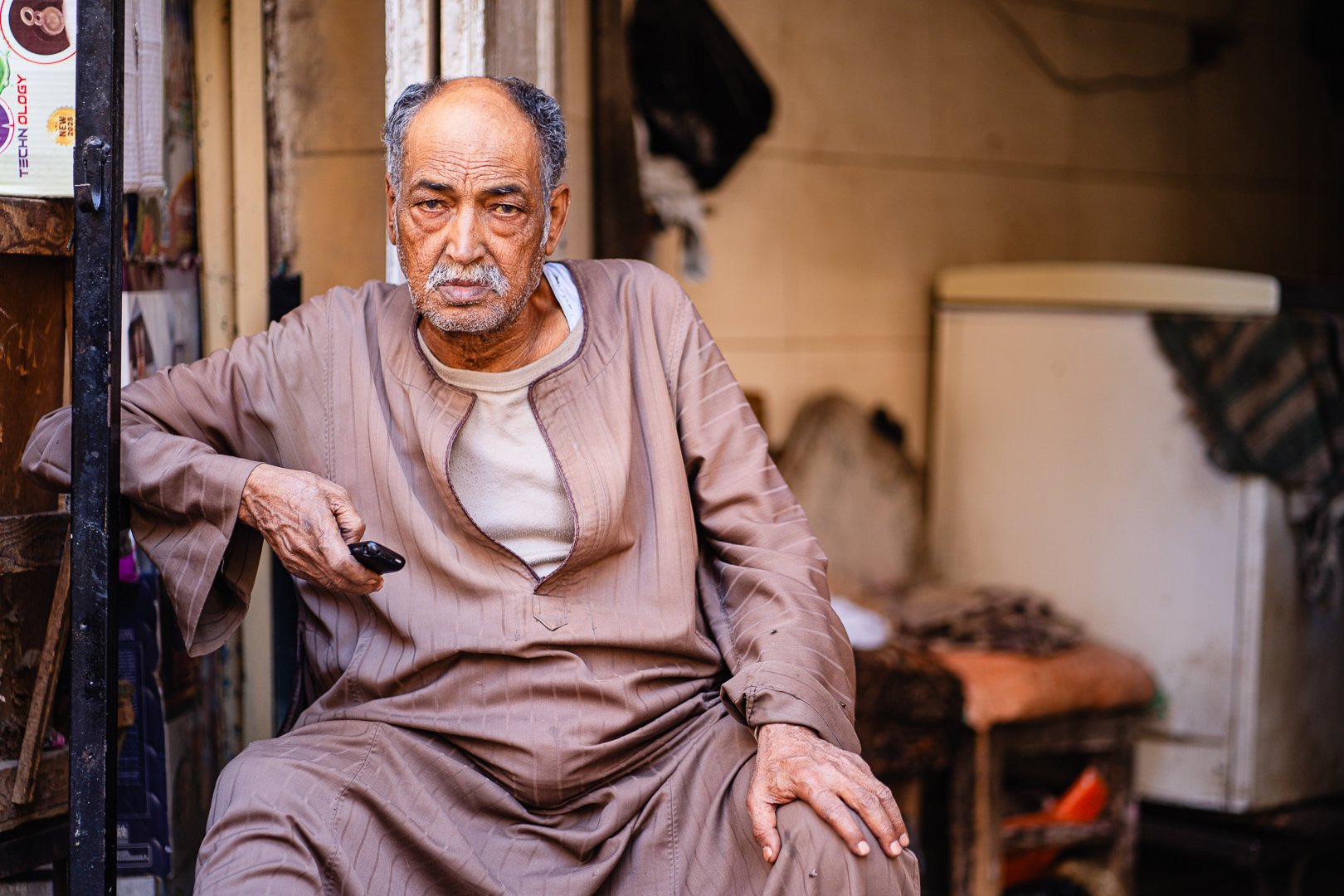Egypt: A Journey Through Time, Sand, and Stories
Egypt had long been sitting somewhere near the top of my travel list — a place you read about in books as a kid, names like Ramses, Cleopatra, and Tutankhamun etched into your mind. This April, it finally happened. A week weaving through history, markets, temples, and stories older than memory itself.
Cairo: A Dance Between Chaos and Grandeur
Our journey started in Cairo — a sprawling city of twenty million souls, honking horns, swirling dust, and unexpected kindness. We went straight to the Grand Egyptian Museum, the country’s latest pride, still not fully open but already magnificent. Imagine centuries of human craftsmanship, carefully curated under one roof. I found myself lost among colossal statues, intricate jewelry, and the quietly powerful funerary masks staring back from behind glass.
Then, of course, came Giza. Nothing quite prepares you for your first glimpse of the pyramids. Even through the haze of Cairo’s eternal smog, those giant triangular silhouettes feel like a portal to another world. I’ll spare you the clichés — but yes, they’re as magnificent as you’ve heard.
The next day was dedicated to Cairo’s vibrant heart: the Khan el-Khalili market. It’s a labyrinth of alleyways where spices, perfumes, and souvenirs spill out from every corner, and vendors charm you with relentless optimism. We bartered poorly, sipped on mint tea, and soaked in a kind of organized chaos that only places like Cairo can offer.
As dusk fell, we found ourselves at the Al-Hussein Mosque, right by the market. It was Ramadan, and the square outside filled with families laying out plates of dates, juice, and home-cooked food, ready to break their fast. Strangers waved us over, handed us dates, and for a moment, we were part of something ancient and intimate — an iftar under Cairo’s fading sky.
From there, we headed south to Aswan, a slower, warmer world where the Nile feels wider and life softer. We stayed at the Nebro Nubian Guest House, tucked inside a Nubian village painted in bright blues and yellows. The pace here shifts. Kids play football in the dusty streets, elders sip tea in the shade, and the Nile glistens like liquid silver come sunset.
One night, while eating at a small local restaurant, we met a man who offered to arrange a trip to Abu Simbel. Not through an agency, not online — just a guy with a contact and a minibus. It felt right.
And so, the next dawn found us bumping along desert roads toward Abu Simbel. Built by Ramses II, the temples are a testament to both human will and divine ego. But what struck me most was the Temple of Nefertari, Ramses’ chief wife, carved with as much grandeur as his own. There’s a fierce, almost feminist energy to the place — a reminder that in a world of kings, powerful women carved their space into eternity too.
The next leg of our trip was, let’s say, improvisational. We squeezed into a small, beat-up local minibus, one of those rides you probably shouldn’t be on as a foreigner. But the driver grinned, the passengers made space, and we set off toward Luxor. Sure, we overpaid, but it was still cheaper than any tourist option, and the banter made it worth every pound.
Luxor is, quite simply, an open-air museum. Every stone feels like it holds a secret. We wandered through the Valley of the Kings, where tombs spiral deep into the earth, their walls still painted with scenes of gods, serpents, and afterlife journeys. Karnak Temple rises like a petrified forest of columns, and Luxor Temple feels especially haunting when lit at night.
By now, Egypt had worked its magic — the kind of place that leaves dust on your clothes and a story in your chest.
We closed the loop with a short internal flight from Luxor back to Cairo, catching one last glimpse of the Nile snaking through the desert. From there, it was back to Greece, bags a little heavier and hearts a little fuller.
Egypt is a land of contrasts — ancient and restless, chaotic and graceful. It’s a place where history isn’t behind glass but alive in the streets, in the faces of people, and in the call to prayer that echoes across stone and sky.
If you ever get the chance, go. Go during Ramadan if you can. Share an iftar with strangers. Chase the sunset over the Nile. And remember that some places aren’t meant to be seen — they’re meant to be felt.
Stelios














